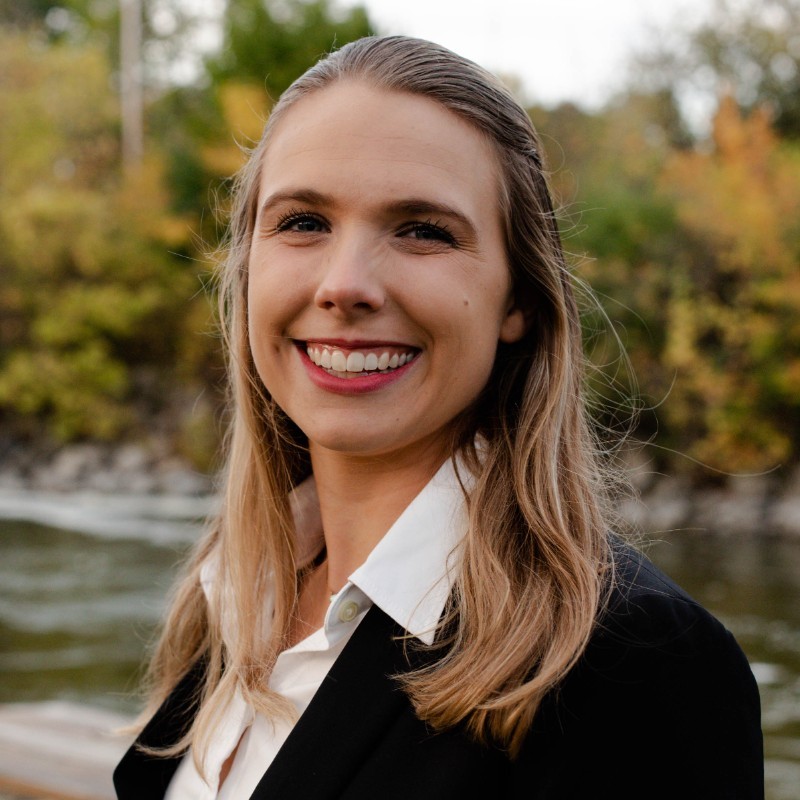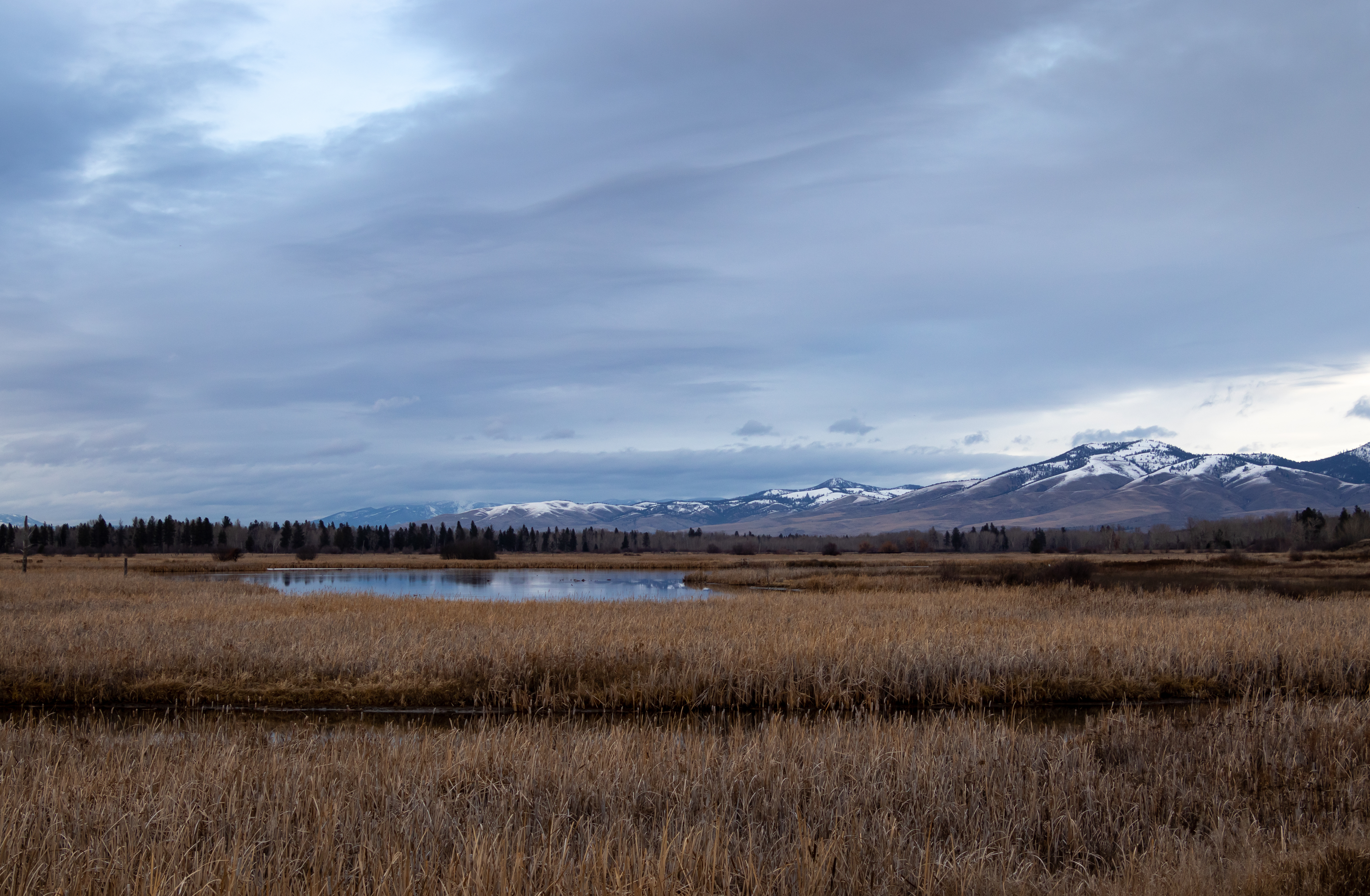Half of the country’s surface waters fail to meet quality standards for recreation,
aquatic life, or as sources for drinking water. Based on the 2020 Montana Department
of Environmental Quality report, 53% of river miles and 72% of lake cares were listed
as impaired. Agriculture, silviculture, and mining were the leading causes. Excess
water pollution has costly social welfare implications on industry productivity, real
estate value, recreation opportunities, and health outcomes.
Agriculture makes up 40% of land use in the United States. In Montana, that share
is even higher: over 60% of the state’s land is devoted to grain, oilseed, and cattle
production. Crop production systems rely on nutrient products such as fertilizers,
pesticides, and herbicides to ensure a stable crop. These provide essential nutrients
that plants need to grow and resistance to pathogens. Manure is an inevitable byproduct
of livestock production. These nutrients can runoff fields and enter into surface
waters and groundwaters, especially during heavy rainfall events.
Across the US, and in Montana, nonpoint source pollution from agriculture is primarily
addressed via voluntary management practices pursued by landowners. There is currently
no federal regulation of agricultural producers on water pollution (exception for
CAFOs). State and local regulations are limited. Rather, the issue of nutrient pollution
is being tackled through incentives programs. These are run by government, private,
and non-profit organizations.
Federal agriculture conservation programs, such as the Agricultural Conservation Easement
Program (ACEP), have been found to improve local water quality in a cost-effective
manner. Specifically, the wetlands that have been restored through the ACEP program
by the Natural Resource Conservation Service have been linked to improved water quality
for rural households. As of 2025, there were over 2.9 million acres enrolled in the
program and approximately 33,000 acres of these wetland easements were in Montana.
In an easement contract, producers permanently forgo the right to produce on the land,
and land is restored into its original wetland state. Producers receive a lump-sum
payment in order to retire the land. Restoration includes planting native species,
removing tiling, and building topographical features. Wetlands remove pollutants through
sediment trapping, soil retention, plant uptake, and microbial processing.
Using data on nutrient levels from 1985-2018 as well as data on wetland easement locations
in the Mississippi River Basin, we find that increasing landshare in the program reduces
ammonia and nitrogen levels in the subwatershed. A small amount of land is retired
in exchange for large improvements in water quality within the subwatershed as well
as downstream. Specifically, increasing program acreage by 100 acres is associated
with a 3-11% reduction in ammonia-nitrogen levels in the local surface waters. Wetlands
yield even larger benefits in areas with higher nitrogen levels, particularly in more
agriculturally intensive places.
We conduct a cost benefit analysis to estimate how much local drinking treatment facilities
benefit from reduced nutrient levels in their source water. Because of these agricultural
conservation initiatives, treatment plants face lower filtration costs, which can
translate into reduced water prices for rural communities. In this way, wetland easements
act as a form of benefits transfer from the federal to local level. We estimate that
restored wetland easements reduce drinking water treatment costs by $200 million per
year, following a $6 billion investment. Assuming a 30-year wetland lifespan, the
program would break even based on water quality benefits alone.
These types of agricultural conservation programs provide meaningful ecosystem services
to local rural communities while also providing alternative land use opportunities
for producers. It is important to consider these effects when designing future agricultural
policies and allocating prospective Farm Bill funds.
To learn more, see the full paper, “Nature’s Kidneys: the Role of Wetland Reserve Easements in Restoring Water Quality,” published in the Journal of the Association of Environmental and Resource Economists [DOI: 10.1086/739287]

Nicole Karwowski
Assistant Professor
Montana State University is an ADA/EO/AA/Veteran’s Preference Employer and Provider of Educational and Outreach.

 Source:
Eric Dale Creative
Source:
Eric Dale Creative